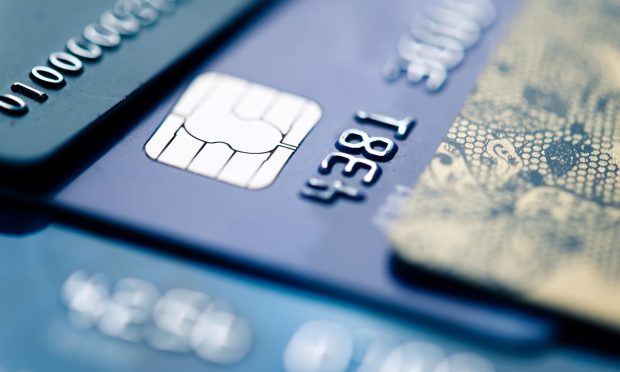Credit Card Charge-Offs Creep Up in March

Credit card charge-offs reportedly crept up in March as consumers struggle to pay bills.
On paper, the overall average rate of credit card delinquencies and charge-offs improved last month compared to February, Seeking Alpha reported Sunday (April 30).
However, the report notes that those numbers are skewed by Bread Financial, which typically reports higher net-charge off rates than its peers.
Subtract Bread’s figures, that the net-charge off rate got worse, from an average of 2.46% in February to 2.60% for March. Even without Bread, the rate of delinquencies fell somewhat: 1.96% last month versus February’s 1.98%, the report said.
The Seeking Alpha report points out that recent earnings reports from credit card companies suggest lenders seem to be readying for a tougher economic climate, as many have upped their loan loss provisions.
In fact, the country’s four largest banks wrote off $3.4 billion in bad loans during the first quarter of this year, a 73% jump from 2022’s first quarter.
As noted here recently, JPMorgan Chase & Co., the world’s largest credit card issuer, said during its Q1 earnings report that bad card loans leapt to $922 million in the first quarter, an 82% increase versus the same quarter in 2022.
However, executives said earlier this month that they don’t see a need for drastic response, and are rather paying more attention to the real estate market.
“I wouldn’t use the word credit crunch,” CEO Jamie Dimon said. “Obviously, there’s going to be a little bit of tightening and most of that will be around certain real estate things.”
The news is coming at a time when consumers are increasingly having trouble paying their credit card bills, according to PYMNTS’ research. In many cases, their savings are barely enough to cover their debts.
Findings in the February 2023 edition of the “New Reality Check: The Paycheck-to-Paycheck Report,” a collaboration with LendingClub, show that those consumers with trouble paying their monthly bills on average carry balances of 157% of their available savings — which means they would still have a balance, even if they drained their savings to pay their debts.
Consumers who live paycheck to paycheck but who have no issues paying bills are in a slightly healthier spot, carrying credit card balances that equal about two-thirds (62%) of their available savings. And perhaps not surprisingly, the average consumer with no issues paying their debts is accordingly in the best financial position, carrying outstanding card balances equivalent to a little over a third (35%) of their available savings.
“Still, with economic and inflationary headwinds continuing to eat away at both savings and spending power, many individuals will need to continue to adjust and tighten their spending behavior to meet the ongoing challenges of today’s macroclimate,” PYMNTS wrote.

